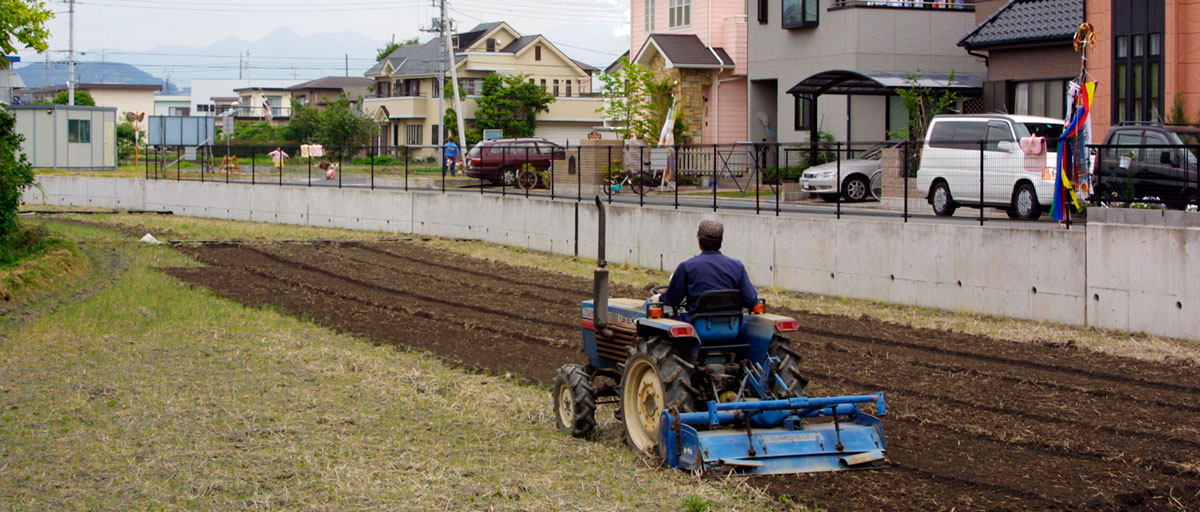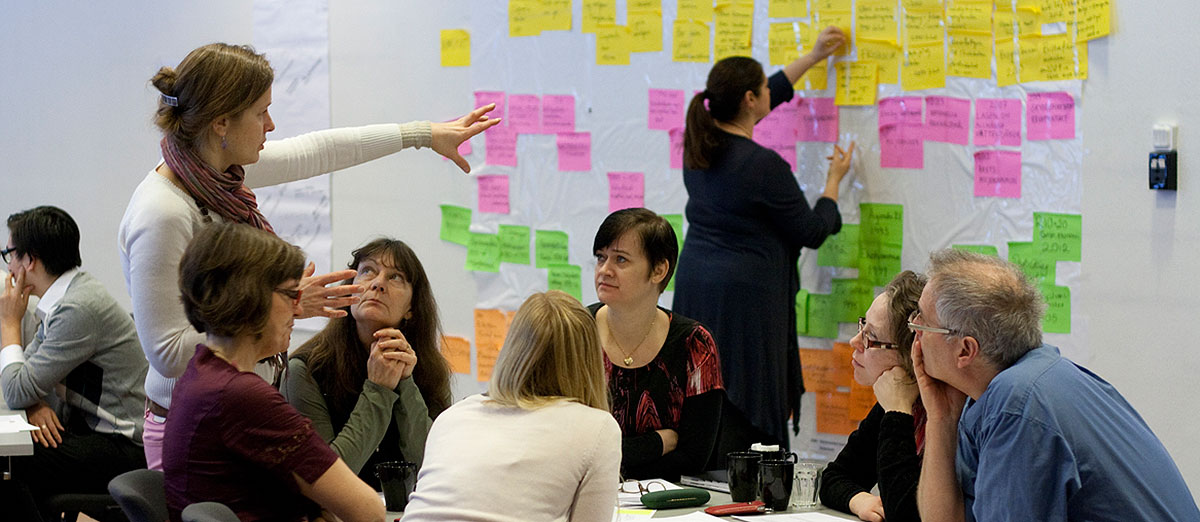
A new study warns that while metrics of resilience are well underway there are growing concern about what exactly is being measured and whether it misses the point of what resilience thinking is really about. Photo: A. Maslennikov/Azote
Assessing resilience
Beyond measure?
Reducing resilience to a few measurements can block deeper understanding
- There is a growing concern about how what exactly is being measured
- Many attempts to measure resilience have little relationship to resilience
- Study provides six recommendations to improve resilience assessment and measurement
Today, resilience thinking extends far beyond ecology and natural resource management to fields such as international development, health and disaster management.
This rapid uptake has challenged the resilience research community to come up with tools for assessments and quantitative measures.
Resilience, however, as a property of agricultural systems, cities and other complex adaptive social-ecological systems, does not lend itself easily to measurement.
Garry Peterson, co-author of a new study on measuring and assessing resilience, warns that while metrics of resilience are well underway there are growing concern about what exactly is being measured.
There is also a concern that this shift in focus misses the point of what resilience thinking is really about:
"While measurement can help managers navigate among complex choices, often a focus on measurement results in management of what is easy to measure rather than important goals," he says.
Cross-fertilization between disciplines
In the article, which was published in the Journal of Applied Ecology, Garry Peterson and centre Phd student Jamila Haider discuss strengths, limitations and trade-offs involved in both assessing and measuring resilience.
The article is written together with Allyson E. Quinlan and Marta Berbés-Blázquez from Acadia University and University of Waterloo.
A major part of the study is devoted to how resilience has been conceptualized and applied in a variety of disciplines, within both the natural and social sciences.
Based on this analysis the authors argue that many attempts to measure resilience have little relationship to resilience.
Co-author Jamila Haider explains that measuring an ad hoc set of resilience indicators or reducing resilience to a single unit of measurement may block the deeper understanding of system dynamics needed to apply resilience thinking and navigate a turbulent world.
"To be effective, metrics of resilience need to be developed after answering the questions: Resilience of what? To what? For whom? And for what purpose?"
Jamila Haider, co-author
Measuring building blocks
The authors argue that efforts to measure resilience would benefit from the integration of key principles that have been identified to support resilience. Examples include the seven principles for building resilience of ecosystem services, identified in 2012 by centre researcher Oonsie Biggs and colleagues.
The seven principles were: maintaining diversity and redundancy, managing connectivity, managing slow variables and feedbacks, fostering complex adaptive systems thinking, encouraging learning, broadening participation, and promoting polycentric governance systems.
Garry Peterson and his co-authors argue that these principles show that "the design of metrics should consider both static (structural) and dynamic aspects of the system, as well as the resilience of both interventions and the system itself."
Another important aspect is that the creation of legitimate and useful measures of resilience in social-ecological systems usually require that indicators for resilience be co-created with local stakeholders, practitioners and knowledge-holders.
Methods to co-create such indicators would be improved by encouraging cross-fertilization across engineering, psychology, sustainability, economics disciplines that are addressing resilience in different places and systems.
Not a sum of its parts
The study concludes that resilience metrics have the potential to be a powerful way to evaluate both intentional change, as in the change that results from programmes or policies, and unintentional change that comes about as a result of unforeseen system dynamics.
However, the authors argue that our understanding of complex adaptive systems will always be partial and incomplete because of their dynamic nature as well as imprecise measurement and imperfect system models.
Thus it follows that resilience assessment as well as resilience metrics, will always be partial and incomplete. Furthermore, resilience may not always be a good thing but rather considered a means and not an end. Metrics need to be designed to with this in mind.
The new study provides a list of six recommendations to improve resilience assessment and measurement:
- Develop ways of quantifying resilience that are grounded in theory.
- Ensure that deep understanding of system dynamics is not lost.
- Recognize the tension between top–down expert led approaches and participatory based ones.
- Understand the specific context by answering the questions: Resilience of what? To what? For whom? And for what purpose?
- Be clear about how resilience is conceptualized by explicitly acknowledging what is being measured along with any underlying assumptions.
- Take spatial and temporal aspects of resilience into consideration.
Related info
Quinlan, A. E., Berbés-Blázquez, M., Haider, L. J., Peterson, G. D. 2015. Measuring and assessing resilience: broadening understanding through multiple disciplinary perspectives. Journal of Applied Ecology. doi: 10.1111/1365-2664.12550
Jamila Haider is a PhD student at the Stockholm Resilience Centre. Using an institutional analysis framework, Jamila is developing a typology of the interactions and outcomes of traps to identify their social and ecological drivers and assess related implications for ecosystem services and human wellbeing.
Garry Peterson is Professor in Environmental Sciences with key focus on resilience in social-ecological systems. He uses complex systems theory, spatial analysis, and the synthesis of social and ecological data, to develop theory and practical understanding that people can use to better manage the ecosystems they live within.







